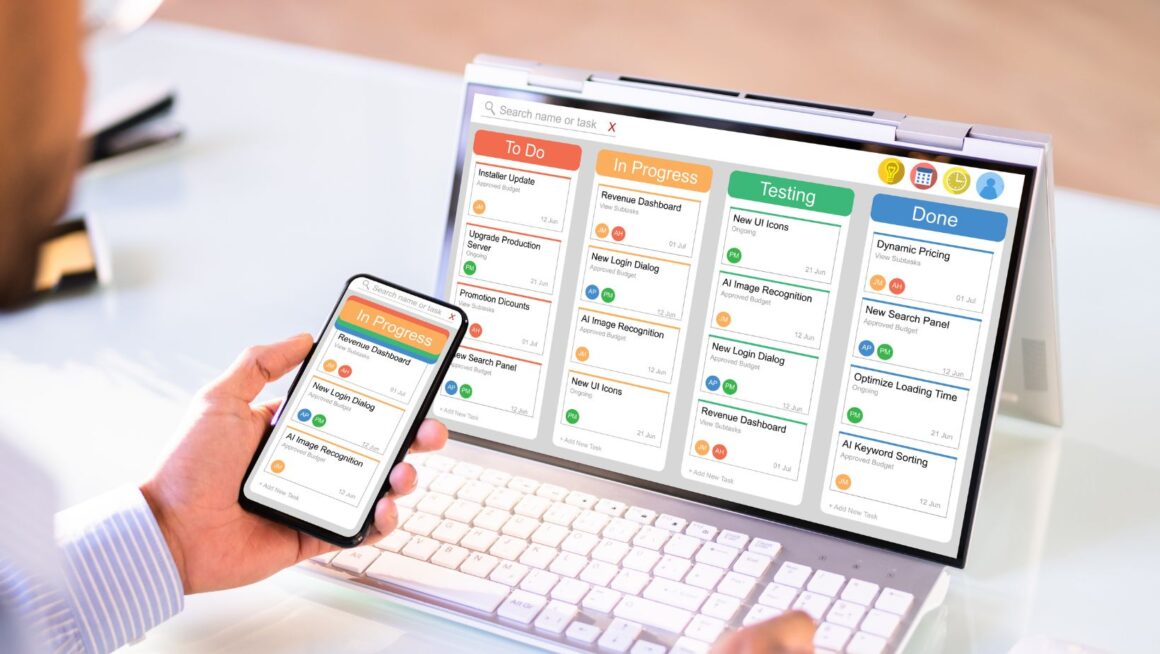Selecting the right ABA practice management software is a crucial step for ensuring the efficiency and success of a therapy practice. It involves more than just picking a system; it’s about understanding the specific needs of your practice and choosing a software solution that can meet those needs effectively. A number of software options exist, each with different features and capabilities, from client management and data tracking to scheduling and billing. To make an informed decision, it’s essential to assess various software offerings, considering both their features and how they align with your practice’s operations.
When evaluating ABA practice management software, consider the scalability and flexibility of the solution. As your practice grows, you need a system that can grow with you, perhaps one that is designed specifically for BCBAs and ABA providers. It’s important to look for software that allows for customization to fit with the unique workflow of your practice. Additionally, ensuring data security and compliance with regulatory standards is a non-negotiable factor in your selection process. The implementation process is also a critical aspect; choose software that provides support and training to facilitate a smooth transition for your staff.
Key Takeaways
- Evaluating software solutions involves understanding practice-specific needs.
- Software should offer scalability and customization.
- Securing data and complying with standards is critical for software selection.
Identifying Practice Needs and Software Features
Selecting the most appropriate ABA practice management software requires a careful assessment of a practice’s specific needs and the functionalities offered by the software. This ensures not only the enhancement of clinical efficiency but also the adherence to data security and compliance standards.
Core ABA Practice Management Requirements
Key features are fundamental for effective practice management and should be prioritized by the therapists. These include:
- Client Management: The ability to maintain comprehensive client profiles with essential data such as personal information, treatment plans, and session notes.
- Scheduling: A streamlined scheduling system that can manage appointments for multiple therapists and locations.
- Billing and Insurance Claims Processing: Robust billing features that support various insurance formats, ease the submission of claims, and track payments.

- Data Collection and Reporting: Customizable data collection forms and powerful reporting tools that facilitate data-driven decision-making.
Advanced Functionalities for Enhanced Efficiency
To further increase operational efficiency, practices should look for:
- Automated Workflow and Reminders: Automate and manage tasks, reminders, and notifications to reduce manual administrative work.
- Customization and Integration Capabilities: Solutions that can be tailored to fit specific practice workflows and integrate with existing software systems.
- Cloud-Based Access: Enables secure, remote access to practice data, which is beneficial for multi-site practices or those offering telehealth services.
- Staff Training Resources: Availability of training material and support for ease of system utilization and staff onboarding.
Considerations for Special Populations
Finally, ABA practices serving special populations like individuals with autism spectrum disorder or intellectual and developmental disabilities should consider the following:
- Scalability: The software should grow with the practice, supporting an increasing number of clients and more complex needs.
- Compliance: Ensuring compliance with relevant health regulations and privacy standards, like HIPAA in the US.
- Data Security: Strong security measures to protect sensitive client data, with options for encrypted storage and secure data transmission.
By considering these essential features and advanced functionalities, ABA practices can better manage their administrative tasks, improve efficiency, and focus on delivering high-quality therapy to their clients.
Evaluating and Implementing the Right ABA Software Solution
Choosing an appropriate ABA practice management software is crucial for enhancing the productivity of therapists and streamlining administrative tasks like scheduling, billing, and claims processing. This leads to better reimbursement rates and more efficient management of therapy practices.
Comparing Leading ABA Practice Management Platforms
When selecting a practice management solution, examining the features of each option is important. Different platforms provide customizable workflows that are key for varied ABA therapy practices. Features to compare include:
- Appointment Scheduling: User-friendly interface for managing therapy sessions.
- Billing and Invoicing: Automated systems for accurate billing and reduced errors.
- Claims Processing and Insurance Billing: Integrated tools for RCM and denial management.
- Data Collection and Reporting: Essentials for tracking patient progress and practice analytics.
Training and Support for Seamless Adoption
Effective implementation hinges on comprehensive staff training and ongoing support. These solutions often emphasize the importance of these aspects for a practice’s transition to a new system.

Look for software that offers:
- Training Resources: In-depth guides and training modules for efficient staff onboarding.
- Support Services: Reliable customer service for troubleshooting and assistance.
Cost Transparency and Return on Investment
Understanding the pricing structure is vital for calculating the return on investment. A clear understanding of costs associated with features like appointment scheduling, document management, and payment processing ensures that practices are not financially overburdened. Consider software options that provide transparent pricing and measure outcomes, such as:
- Billable Hours: Tools that help increase the number of hours billed effectively.
- Payment Processing: Facilitates prompt and reliable reimbursement.
- Denial Management: Reduces the rate of claims denials for improved revenue cycle management.
By carefully assessing platforms, support structures, and financial implications, therapy practices can implement the right ABA software solution that aligns with their unique needs.
Conclusion
In selecting the right ABA practice management software, stakeholders must weigh the benefits of improved efficiency, secure data collection, and compliance with the specific needs of their practice. The right software can transform a practice, enhancing service delivery and streamlining administration. It’s essential to consider factors like ease of use, customization, and support when making this pivotal decision. Ultimately, the chosen software should align with the organization’s goals, fostering both growth and the delivery of high-quality therapeutic services.



